Nintendo has rolled out a quiet but impactful update to its eShop algorithm, shifting how games are ranked and promoted on the platform. While the visual change — a splash of red in the interface — might seem minor, the underlying mechanics have been reworked entirely. Previously, top charts were based on downloads over a two-week period; now, they reflect revenue generated in the last three days, a move that closely mirrors Steam’s ranking system.
The shift was first spotted by gaming journalist Jon Cartwright from GVG. Almost immediately after the change, the top-selling lists saw a dramatic transformation: high-priced AAA hits like Mario Kart 8 Deluxe and Super Mario Party Jamboree surged to the top, while budget indie titles and discounted bundles disappeared from prominent positions.
This new approach has both pros and cons. On one hand, it helps filter out low-quality or aggressively monetized titles, often referred to as "junkware," which used to flood the charts with volume-driven sales. By emphasizing revenue, Nintendo is promoting what many see as more polished, substantial experiences.
On the flip side, this change makes it significantly harder for small indie developers to compete. For example, an indie game priced at $10 would need to sell seven copies to match the revenue of just one sale of a $70 AAA title. As game prices potentially rise with the next generation of hardware — likely the upcoming Switch 2 — this gap could widen even further.
While Steam has managed to maintain some level of indie visibility within its own revenue-driven system, it remains to be seen whether Nintendo’s ecosystem will allow similar success stories. One possible solution could be the introduction of separate charts : one for revenue, one for downloads, and a dedicated space for indie games. This way, players could discover games based on different metrics, giving smaller studios a fighting chance.
Main image: x.com
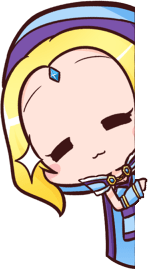
 Alexander "peter bjorn" Fadin
Alexander "peter bjorn" Fadin
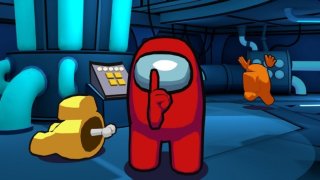


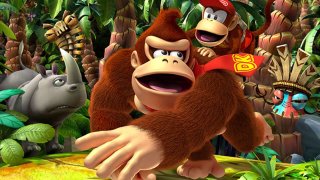

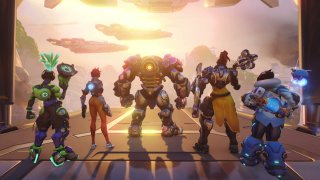


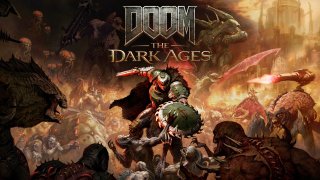







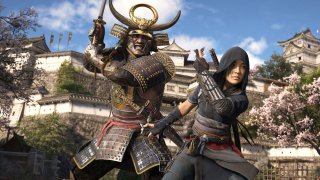

0 comments